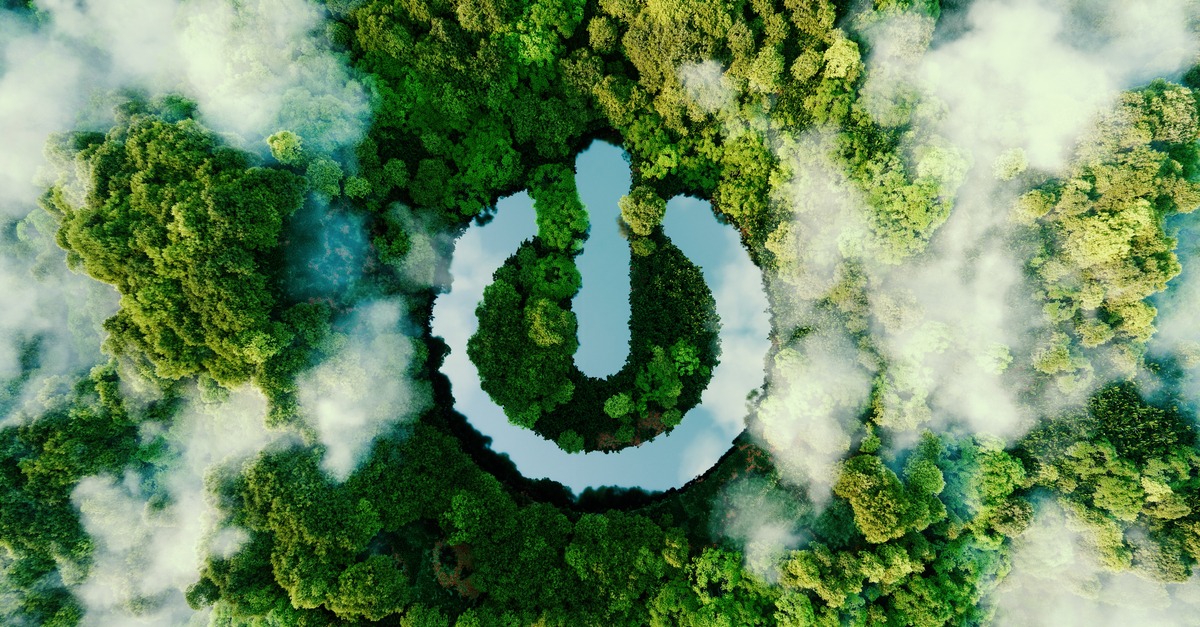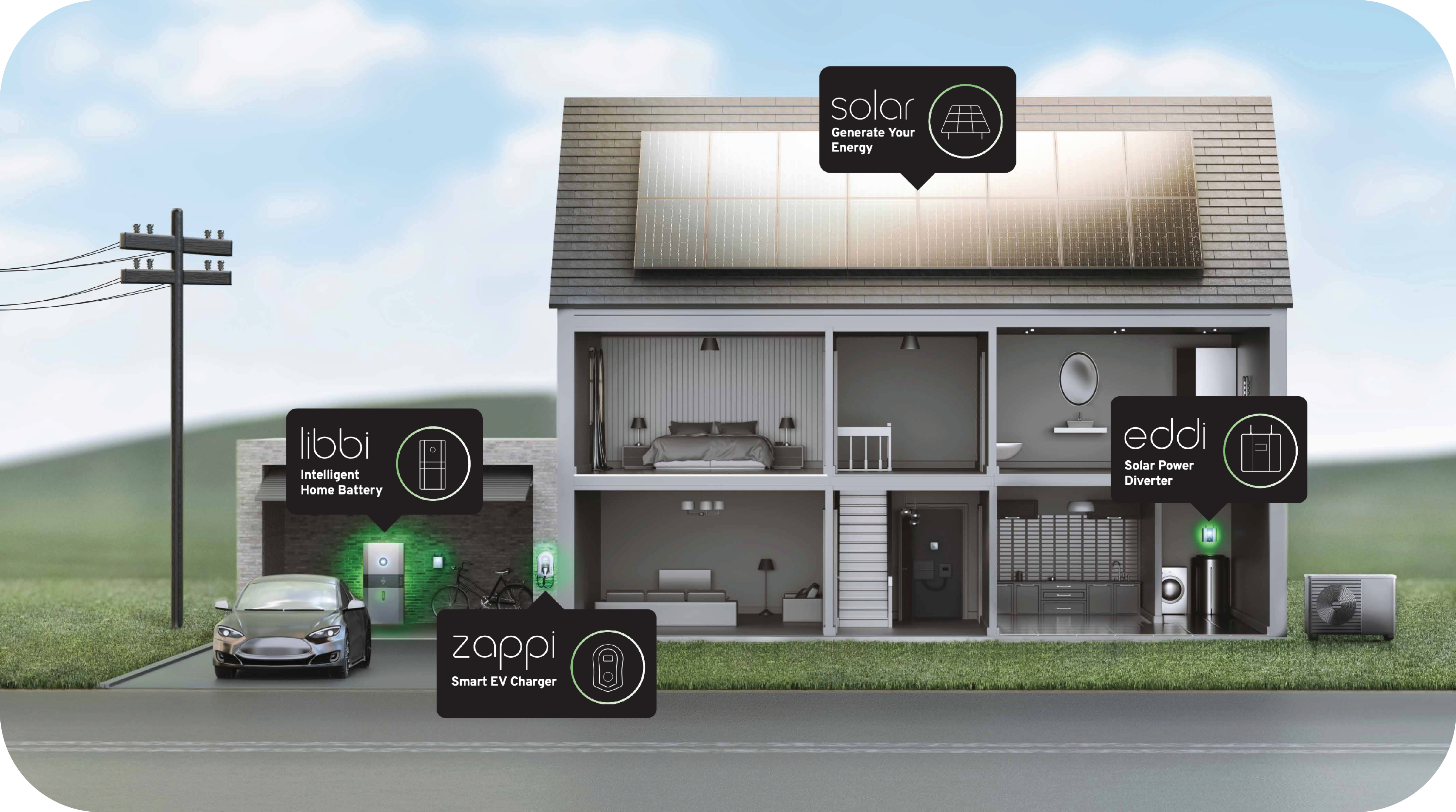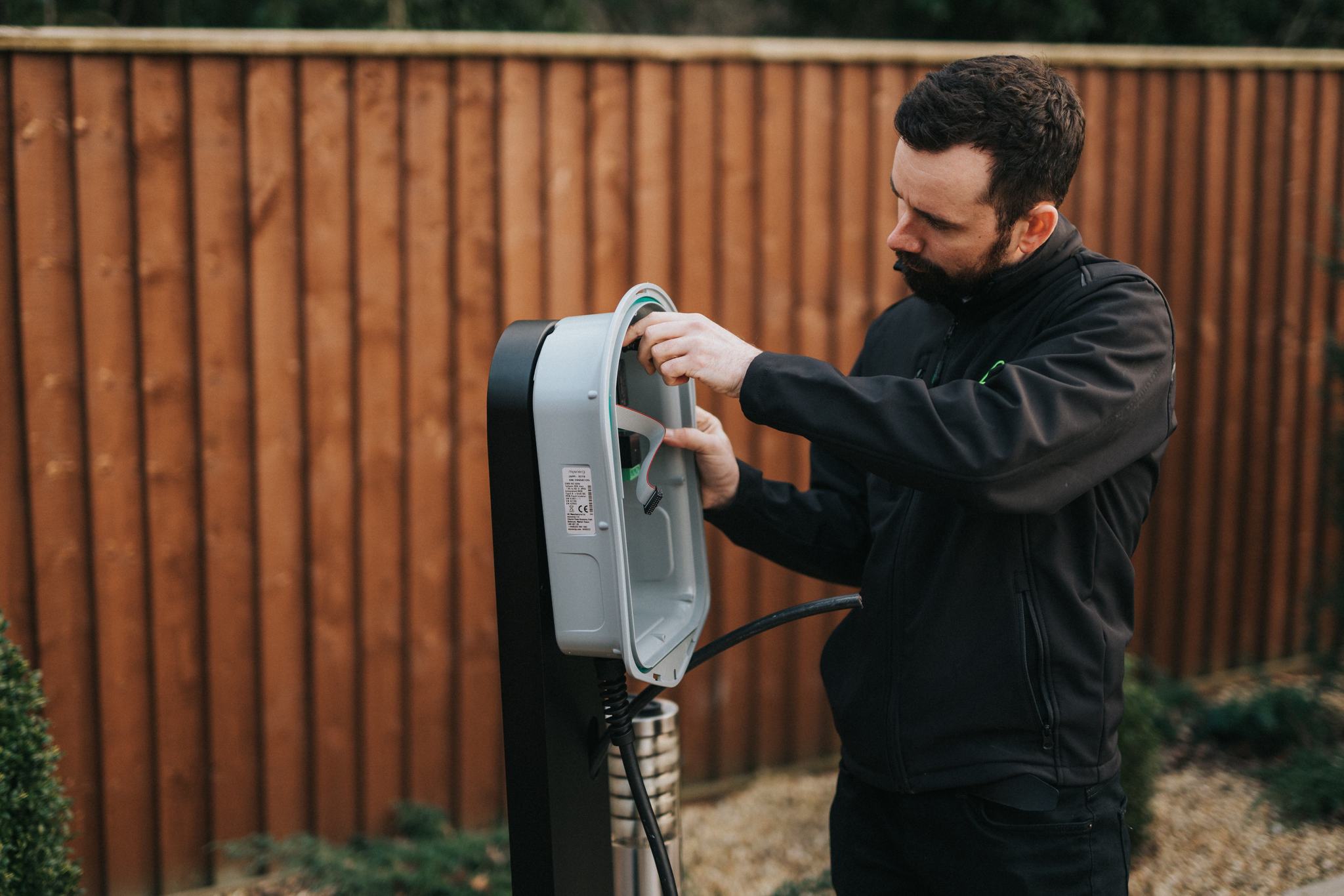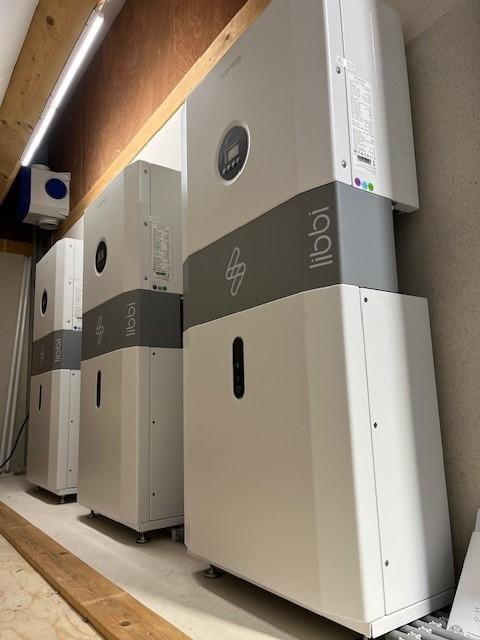Solar energy, biogas, wind energy and nuclear energy. These are some examples of energy sources, but not all of them are good for the environment. What renewable energy sources are there?
Fossil and renewable energy sources
Before looking at different forms of renewable energy, it is good to distinguish between fossil and renewable sources. Fossil energy sources are forms of energy that use resources that eventually run out, such as petroleum, natural gas, nuclear power and coal. Not only are these sources finite, but they also cause air pollution and emit CO2. They have a negative impact on climate change.
Renewable energy sources are renewable and therefore can be used indefinitely. The earth supplies these sources itself. They do not pollute the air or much less and emit less CO2. To combat climate change, it is good if we all switch to renewable energy sources.
Known renewable energy sources
You may already be familiar with these forms of energy. Some renewable energy sources are:
Solar energy
The sun is an inexhaustible source of energy. Solar energy is generated by solar parks or fields, but it can also be generated at your home by solar panels on the roof. About 1.5 million households in the Netherlands have solar panels on their roofs. Of all renewable energy sources, solar energy is the easiest to generate at home.
It is a clean source. The production of solar panels costs energy, but the high efficiency of the panels makes up for that within a few years. Currently, solar panels are still difficult to recycle. Several researchers are looking at how we can improve this in the future to make production more environmentally friendly as well.
Do you also have solar panels on your roof and want to use your energy as efficiently as possible? This is possible with our innovative zappi. This smart system uses your self-generated solar energy to charge your electric car.
Wind energy
The wind is also an inexhaustible source of renewable energy. This form of sustainable energy is generated in wind parks, but can also be generated with your own wind turbine. A wind turbine is often placed in your garden. They are a lot smaller in size and also generate less energy than a turbine in a wind farm. If you compare your own wind turbine with solar panels, then solar panels are more profitable and better suited to meeting your energy needs.
Hydropower
Flowing water can be converted into energy. The flowing water spins a turbine connected to an electric generator. We also call this renewable energy source hydroelectricity. As much as 71 percent of renewable energy worldwide is hydroelectricity.
Although this form of renewable energy comes from a clean energy source, there are some critics who consider it unsustainable. They indicate that the large-scale power plants that must be built are costly and can disrupt the lives of surrounding communities and ecosystems.
Biomass
Biomass is the most widely used form of renewable energy in the Netherlands. It consists of various organic materials, which are fermented or gassed into biofuel. This is then burned, which releases energy. The question of whether biomass can really be called sustainable is the subject of much debate. Sometimes special crops are grown for biofuel and therefore not only residual waste from, for example, agriculture is used.
Geothermal and ground heat
Currents and hot springs within the earth's crust allow us to generate energy. Special geothermal heat pumps convert this heat into energy. We also call it geothermal energy. It is carbon-free and renewable. Therefore, geothermal energy is a renewable energy source.
Interesting? Also read: What is the state of renewable energy in the Netherlands?

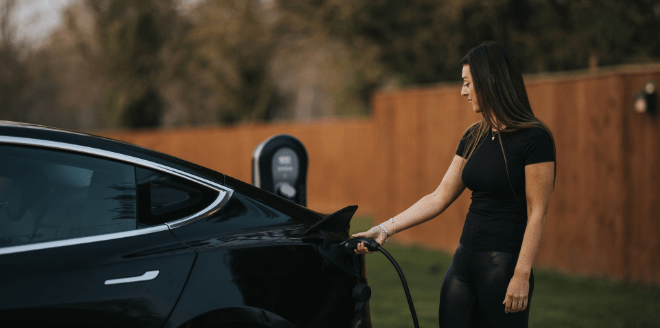 EV charging
EV charging Manage your energy
Manage your energy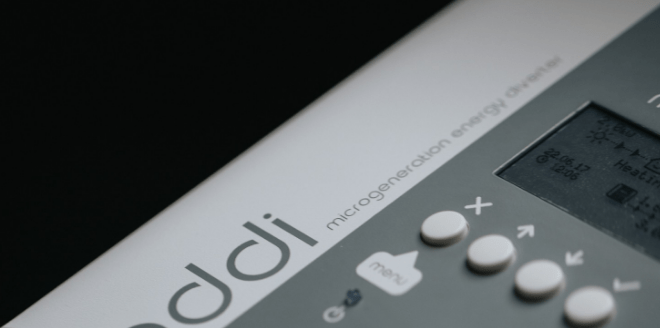 Maximize your energy
Maximize your energy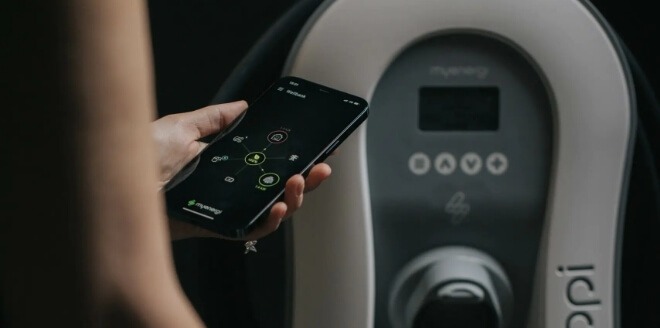 Monitor your energy
Monitor your energy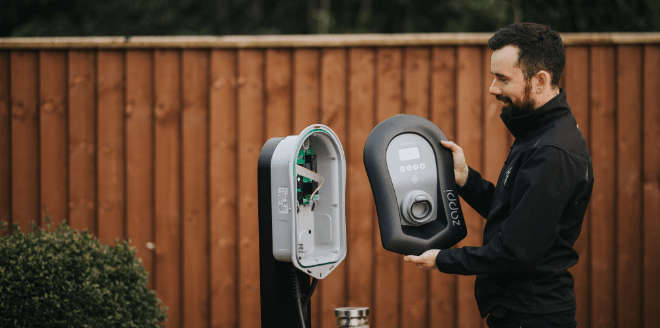 Find an installer
Find an installer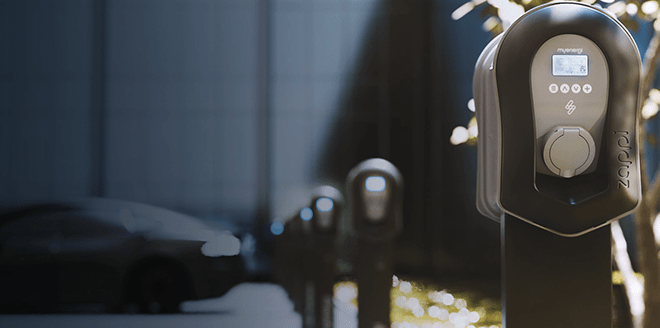 Business charging station
Business charging station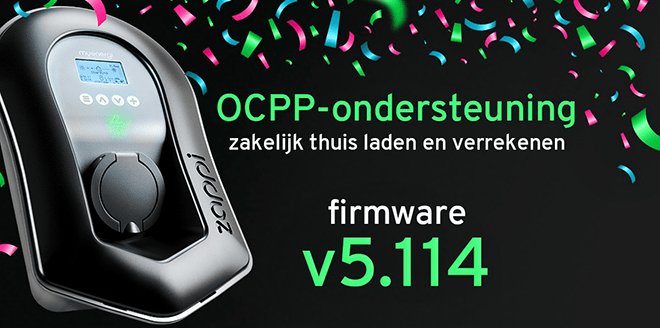 Pair zappi with a management platform
Pair zappi with a management platform